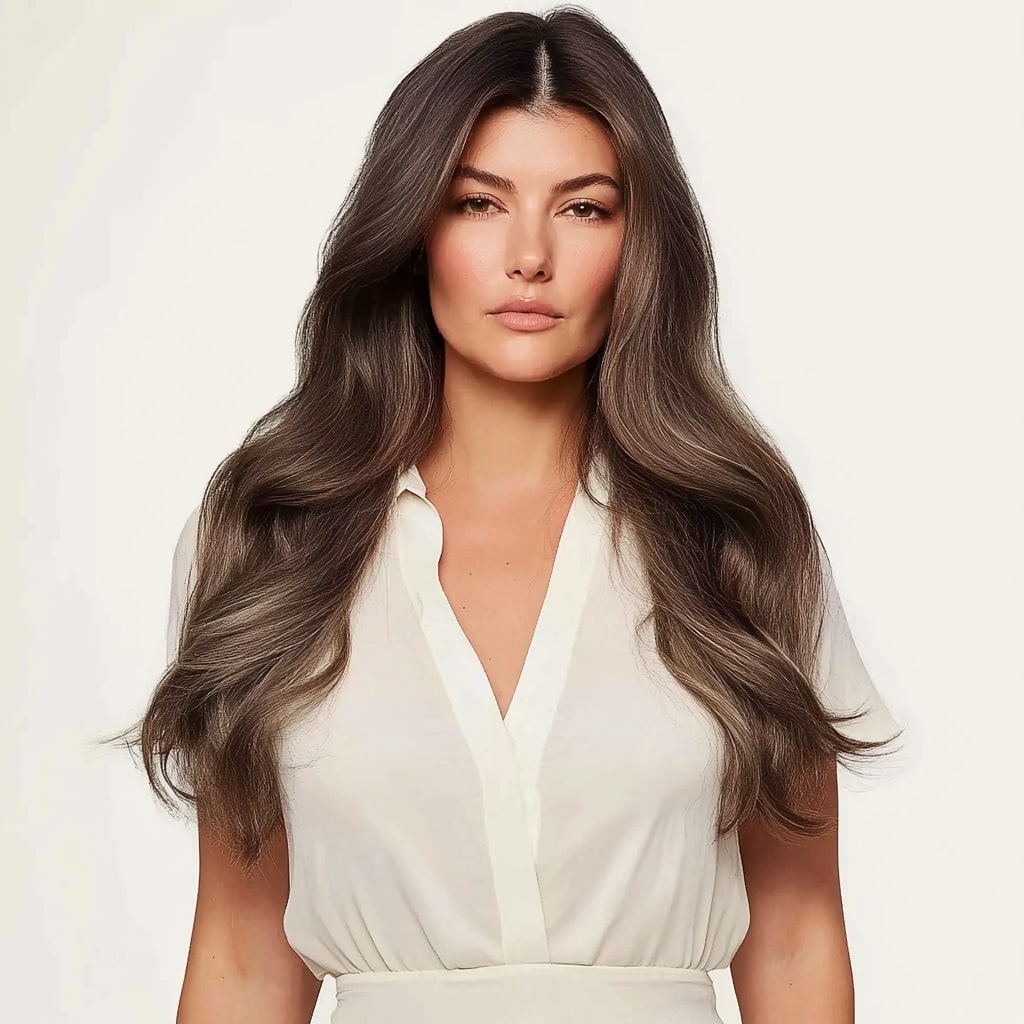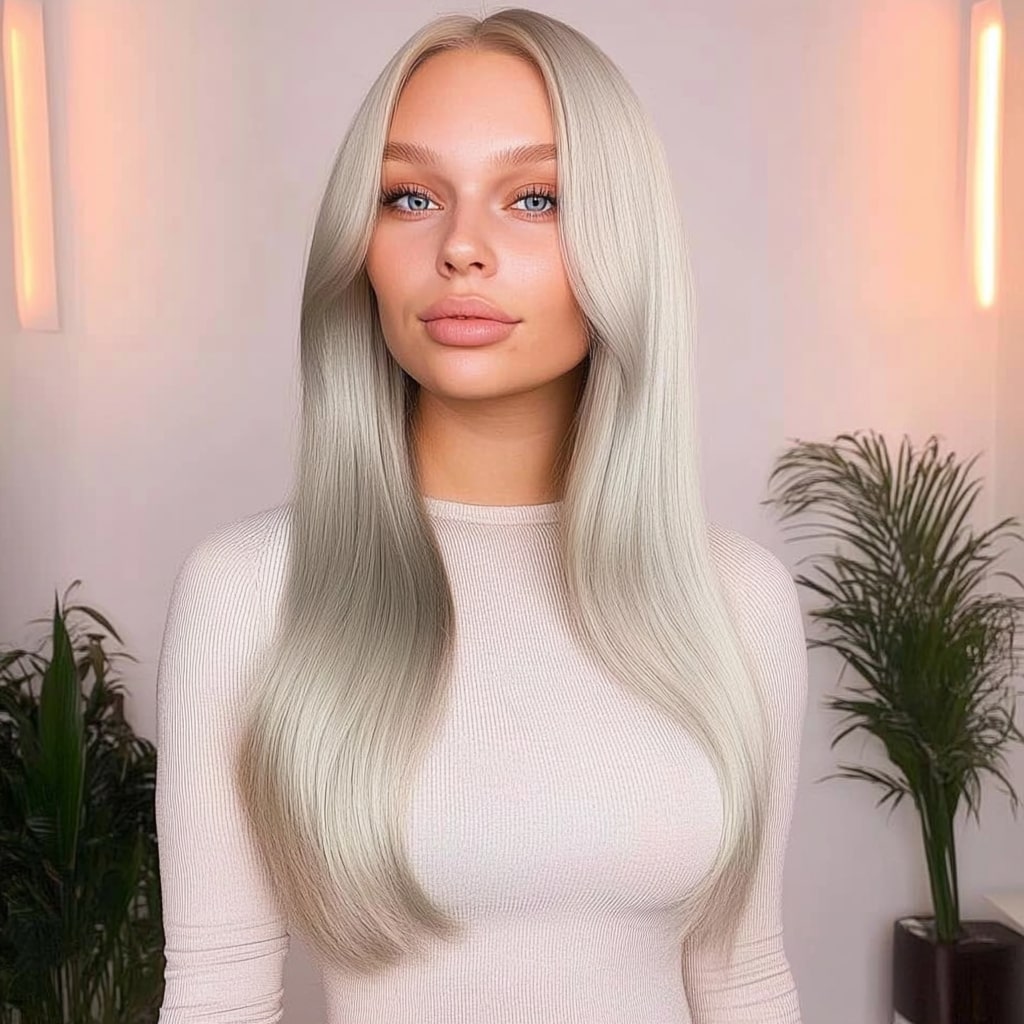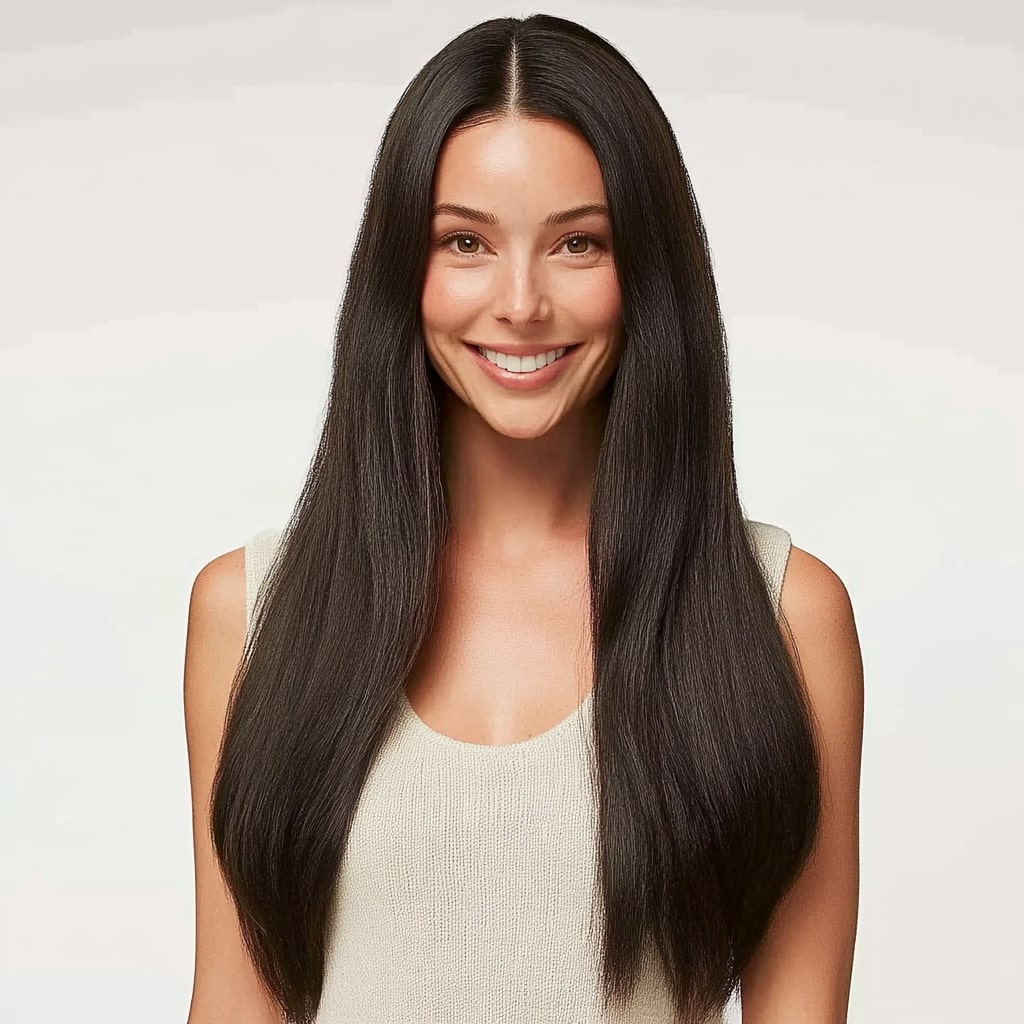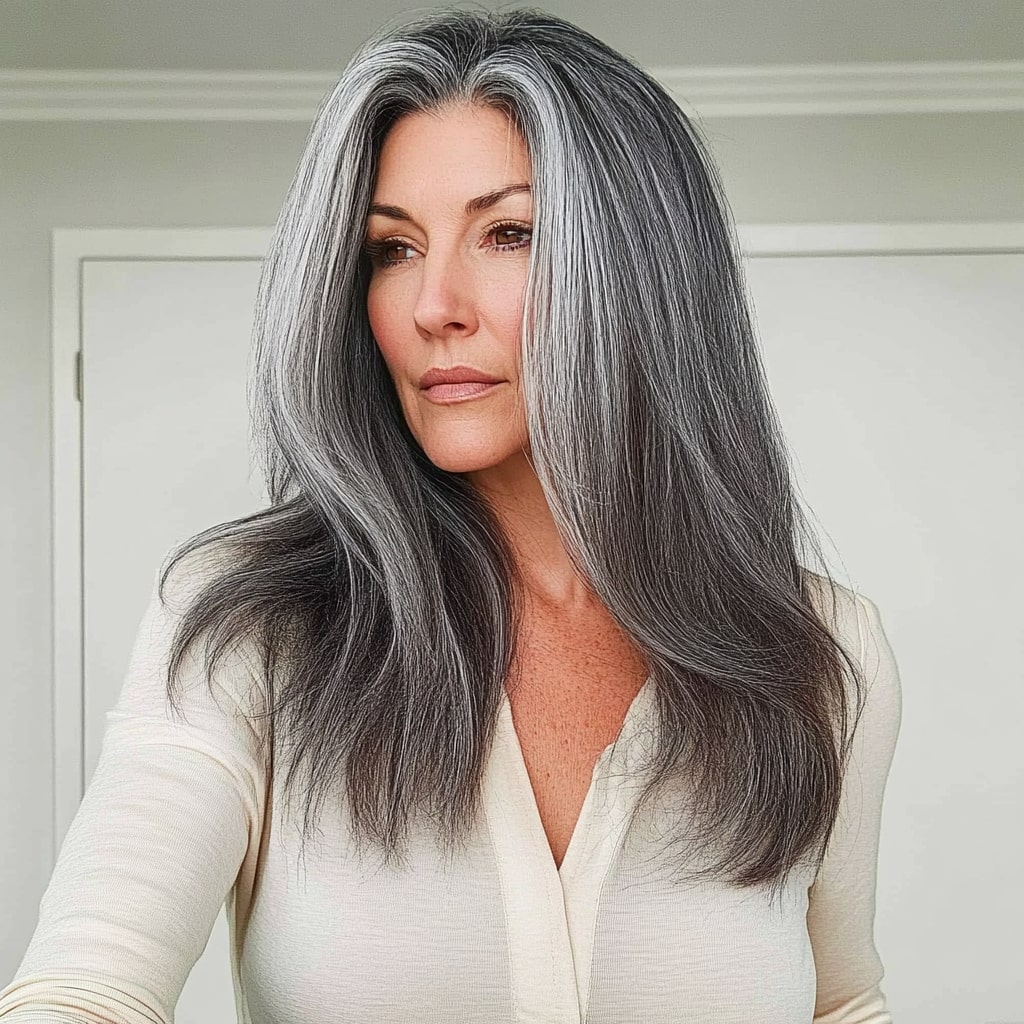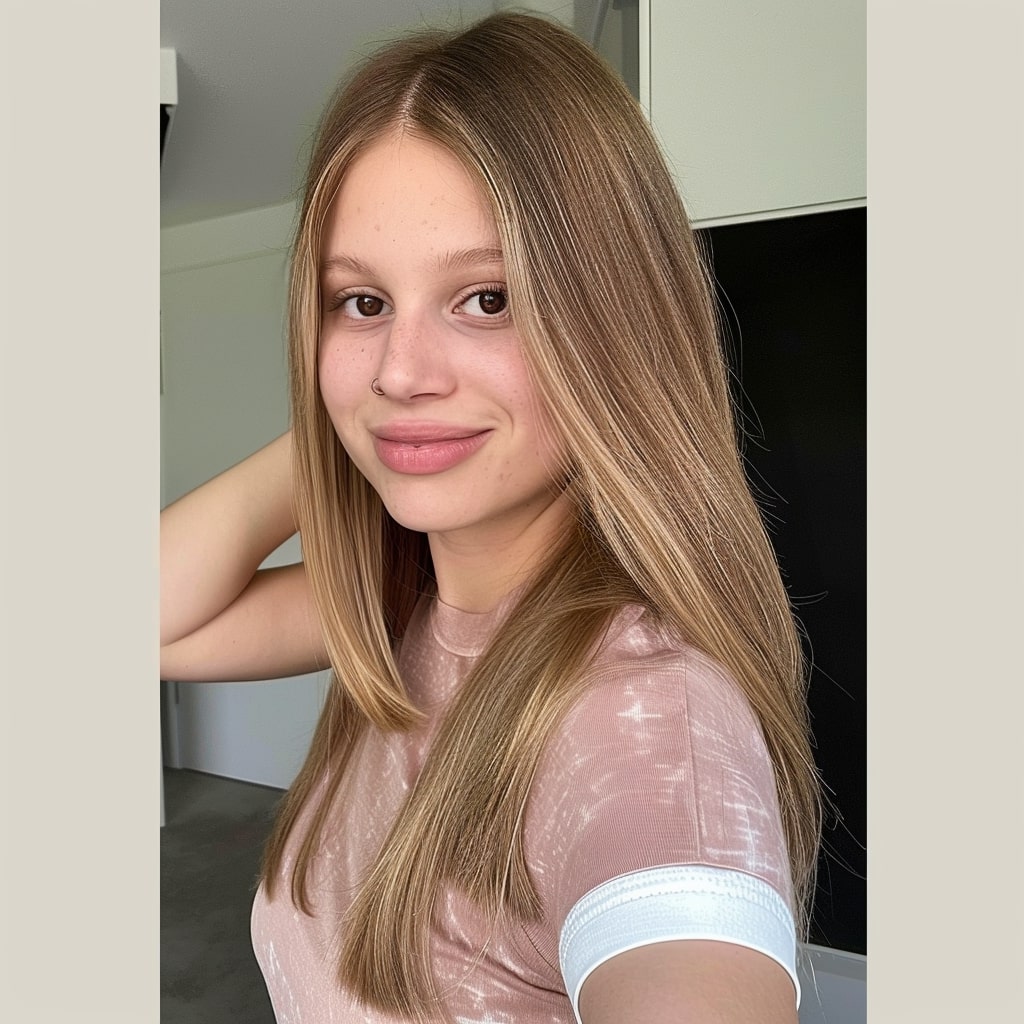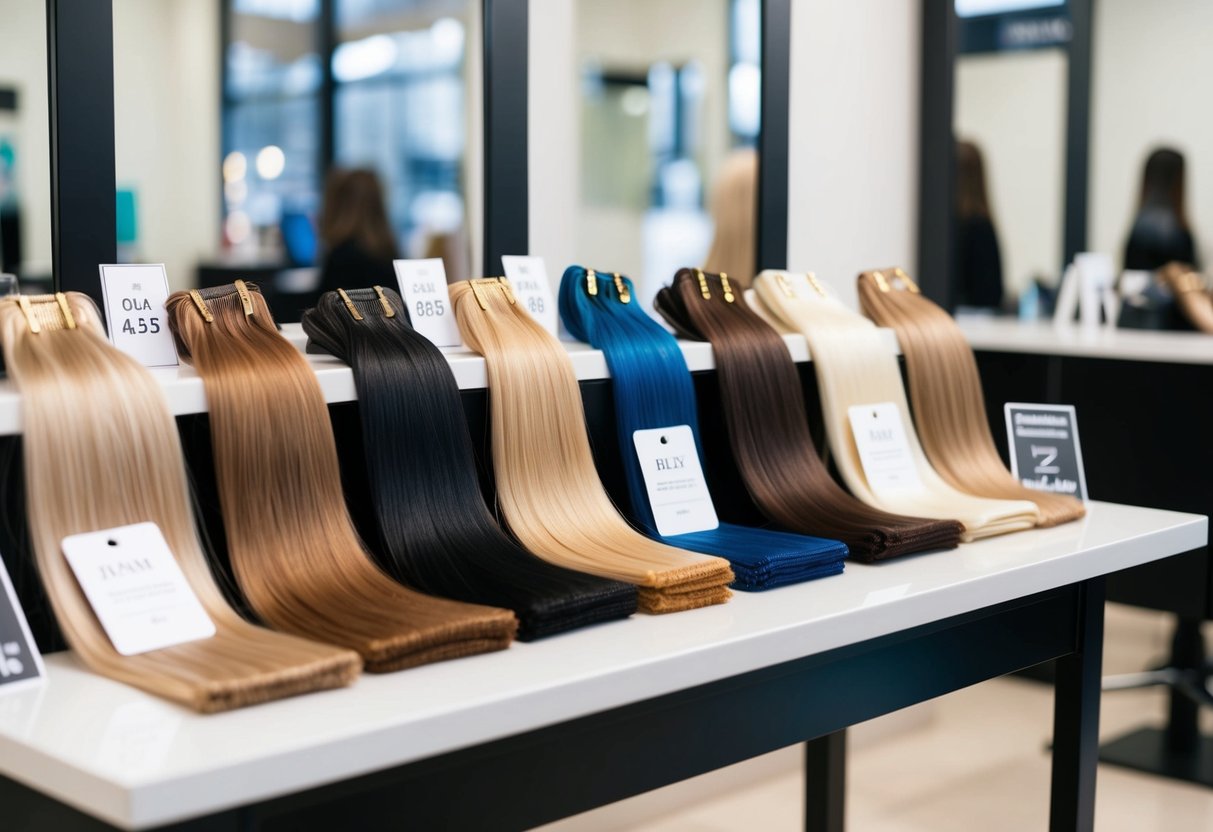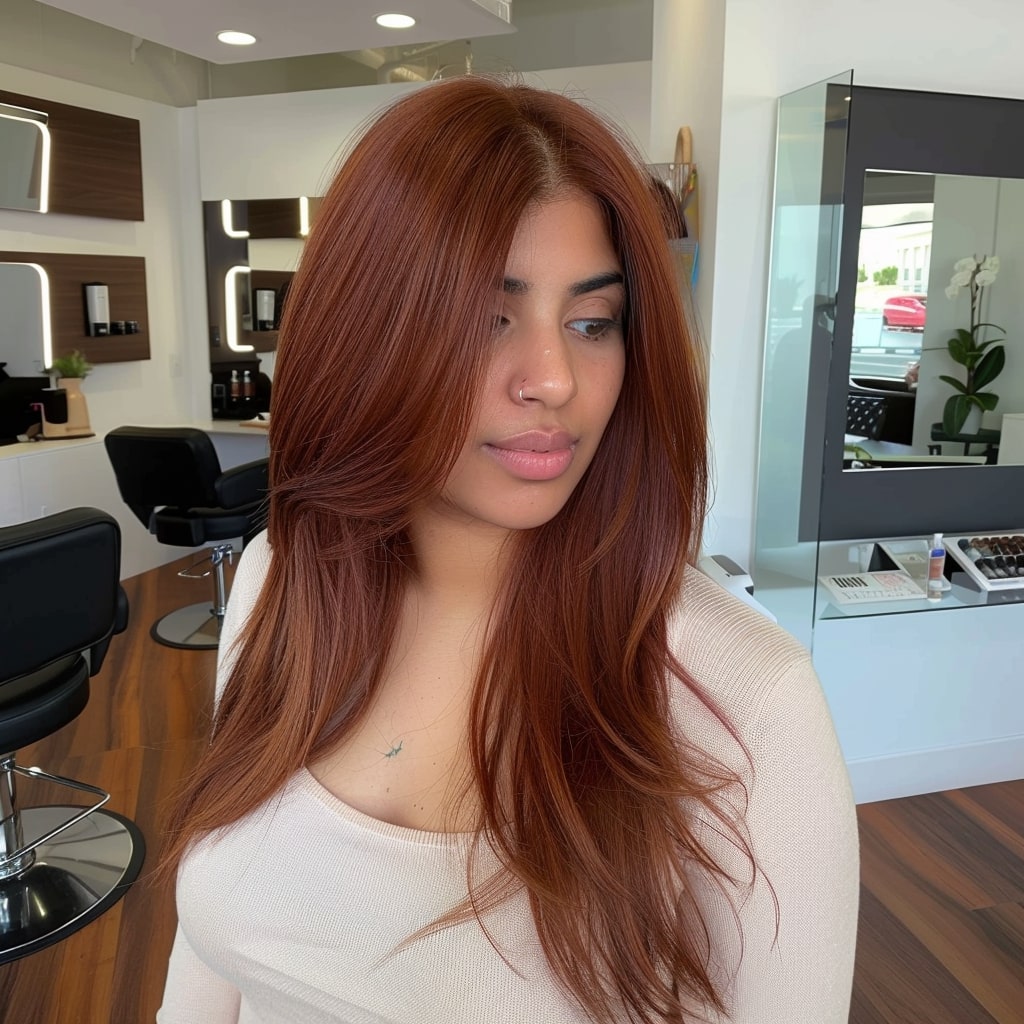What is the biggest problem with hair extensions?
- Sam Conan
- Hair Extensions
- Mar 29, 2025
- Reading time: 4 minutes
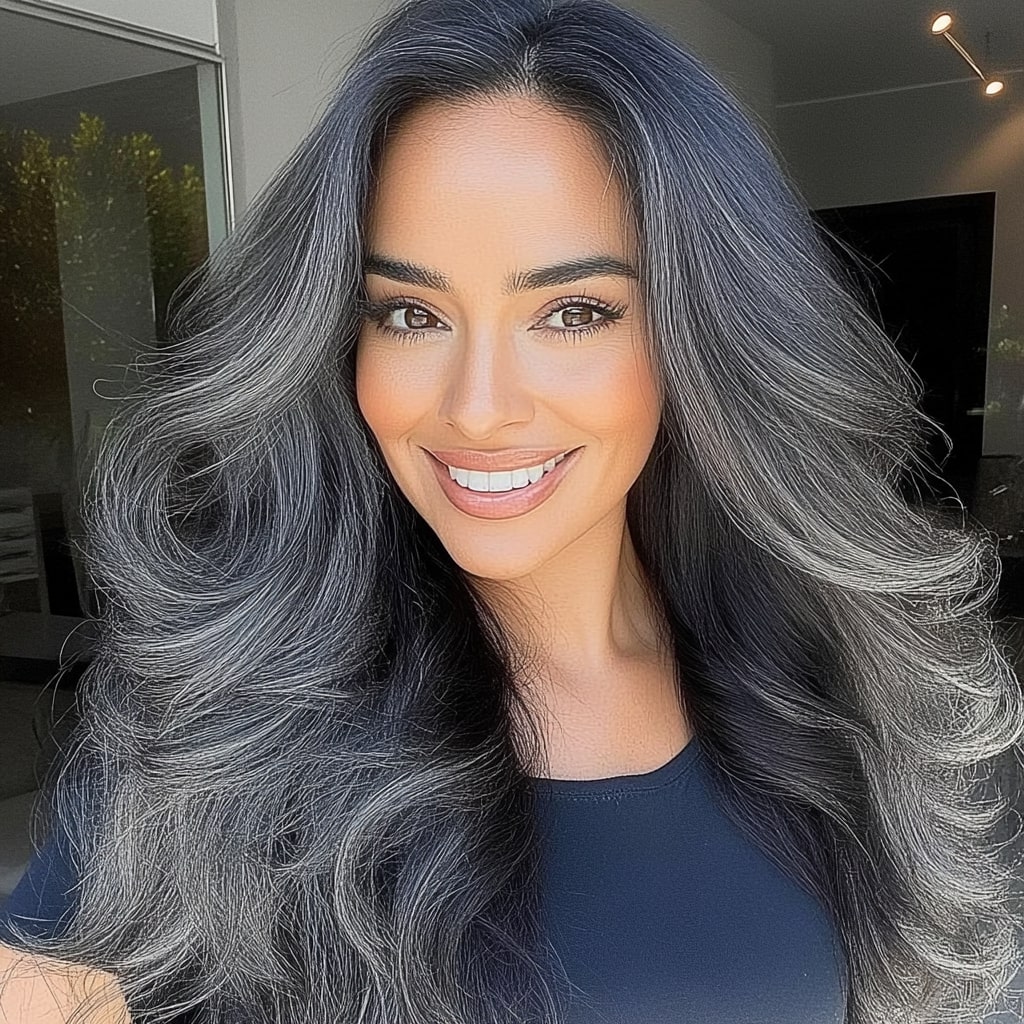
Hair extensions are a go-to beauty solution for instant volume and length, transforming your look in minutes. But behind the glam, many wearers ask the same question: What’s the biggest problem with hair extensions?
At USA Hair™, we believe in honest beauty. That means giving you all the facts — the benefits, the risks, and how to enjoy extensions without damaging your natural hair. Let’s break down the most common and serious issue people face with hair extensions.
1. Tension and Stress on Natural Hair
The biggest problem? Tension.
Most types of extensions — tape-ins, clip-ins, sew-ins, microlinks, fusion — attach to your real hair. That means your hair is carrying the weight and pressure of the added strands. Over time, that extra tension can:
-
Strain the hair follicles
-
Cause thinning, especially near the hairline
-
Lead to breakage or a condition called traction alopecia
This is especially true if:
-
Extensions are installed too tightly
-
They’re too heavy for your natural hair type
-
You wear them continuously without breaks
How to fix it:
-
Use lightweight extensions from USA Hair™
-
Avoid super tight hairstyles
-
Give your hair time to recover between installs
2. Breakage During Removal
Improper removal is another major cause of damage. Ripping out tape-ins, fusion bonds, or microlinks without the right tools or technique can pull out your natural hair, sometimes from the root.
That’s why USA Hair™ always recommends:
-
Professional removal for semi-permanent methods
-
Detailed at-home guides for clip-ins and halos
-
Gentle, high-quality materials that reduce damage risk
3. Using Extensions That Are Too Heavy
Some customers believe thicker = better. But if your natural hair is fine, thin, or recovering from damage, heavy extensions can actually make it worse.
The result:
-
Breakage at the roots
-
Hair that feels sore or sensitive
-
Thinner hair after removal
USA Hair™ offers lightweight options that are designed to match your natural hair’s density, so you get fullness without stress.
4. Lack of Proper Maintenance
Hair extensions don’t maintain themselves. Failing to care for them properly leads to:
-
Tangling
-
Shedding
-
Matting at the root
-
Product buildup on the scalp
And when extensions aren’t cleaned or brushed correctly, your natural hair suffers too.
Maintenance tips from USA Hair™:
-
Use sulfate-free shampoo and conditioner
-
Brush gently from tips to roots
-
Avoid going to bed with wet extensions
-
Deep condition regularly
5. Poor Quality Products
Cheap extensions don’t just look bad — they can also harm your hair. Low-grade synthetic fibers or poorly processed human hair can:
-
Tangle more easily
-
Shed excessively
-
Cause itching or irritation
-
Be chemically treated with harsh agents
USA Hair™ only carries high-quality synthetic and human hair extensions, processed without harmful chemicals and made to blend naturally with your real hair.
6. Improper Installation
Even the best extensions can cause problems if installed poorly. Common mistakes include:
-
Attaching wefts too close to the scalp
-
Using too much glue or tape
-
Not sectioning hair evenly
-
Mixing incompatible extension types
Best practices:
-
For tape-ins, sew-ins, fusion, or micro-loops, always use a licensed, experienced stylist
-
For clip-ins or invisible wire extensions, follow USA Hair™’s easy-to-use video guides
7. Overuse Without Breaks
One of the biggest long-term mistakes? Wearing extensions constantly without giving your hair a rest.
Even with the best products and perfect installation, continuous tension and lack of oxygen at the scalp can:
-
Slow hair growth
-
Lead to follicle weakening
-
Cause permanent thinning if ignored
We recommend:
-
Taking breaks between installs
-
Wearing temporary extensions like clip-ins or halos in between
-
Treating your scalp with nourishing serums and oils during break periods
8. Scalp Irritation or Allergic Reactions
Some adhesives, glues, or metals in extension attachments can irritate the scalp or trigger allergic responses. This includes:
-
Redness or bumps at the attachment site
-
Itchiness
-
Burning sensation
-
Flaky or dry scalp
USA Hair™ uses:
-
Medical-grade tape for tape-in extensions
-
Silicone-lined beads for microlinks
-
Hypoallergenic materials in clips and bands
-
Clean, gentle manufacturing standards
9. Mismatched Texture or Color
This isn’t just a style issue — poorly matched extensions can cause you to over-style, over-brush, or over-process your natural hair to “make it work,” which leads to damage.
USA Hair™ solves this with:
-
Free color matching help
-
A wide range of textures and densities
-
Exchange-friendly policies so you get it right the first time
10. Psychological Stress After Damage
Here’s one issue nobody talks about: when your hair feels thinner or more fragile after extensions, it can affect your confidence and mental health.
We get it — your hair is part of your identity. That’s why USA Hair™ isn’t just about looking good today — we want to help you protect your natural hair long-term so you can wear extensions without the fear.
Final Thoughts
So what is the biggest problem with hair extensions?
Tension, poor installation, and lack of proper care.
But here’s the good news: these problems are avoidable. With the right product, method, and routine, hair extensions can be safe, easy to wear, and even help you feel more confident during a rough hair phase.
At USA Hair™, we believe extensions should be an upgrade — not a tradeoff.
Shop safe, high-quality extensions that protect your natural hair at www.usahair.com — with free shipping, free returns, and real customer support.

 My Store Credit
My Store Credit
 Buy Again
Buy Again
